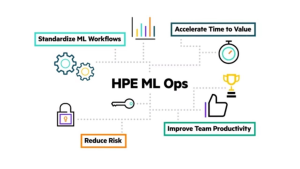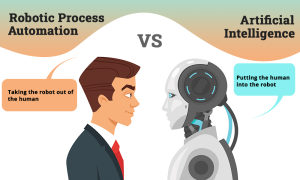Explore how AI-First Enterprise Architecture enables enterprises to embed intelligence across operations, cloud, microservices, and decision-making systems for agility, scalability, and competitive advantage.
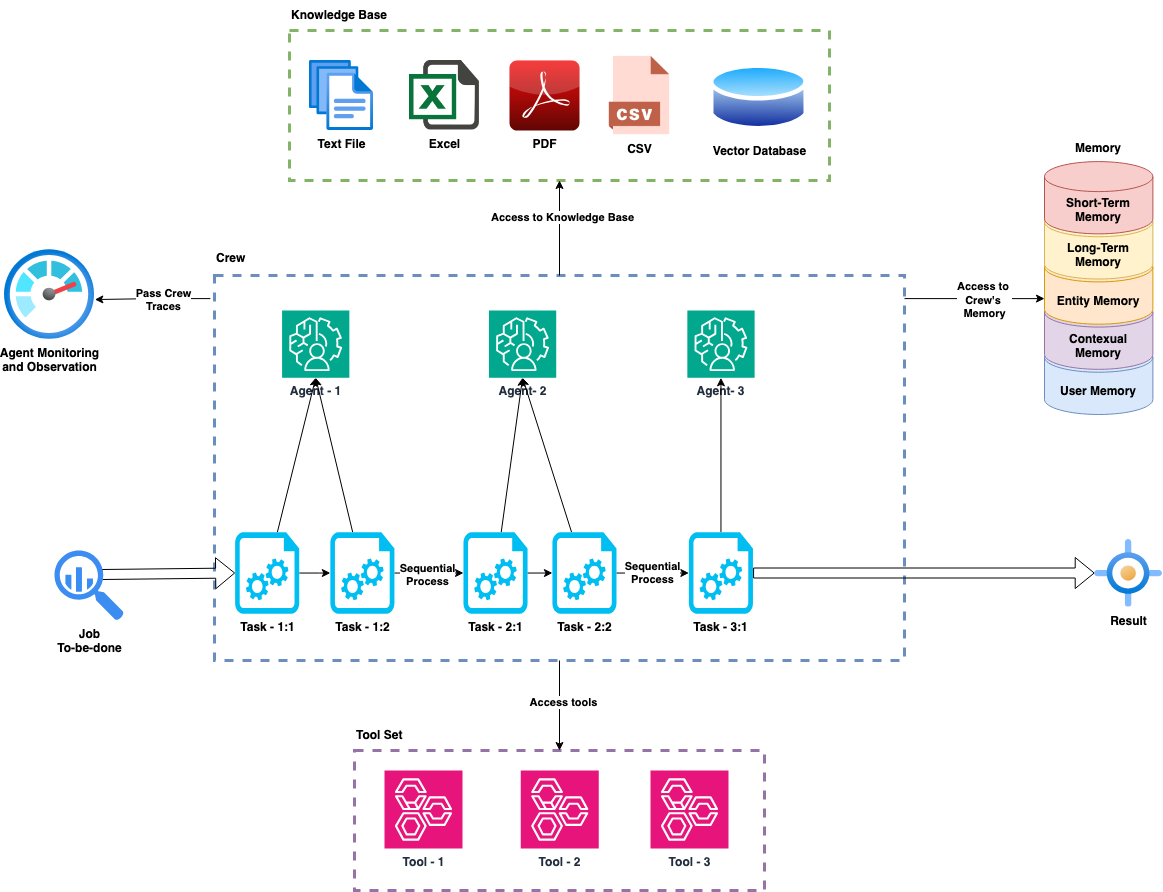
Introduction: The Rise of AI as Enterprise Core
AI-First Enterprise Architecture positions AI as the core of business strategy, operational workflows, and customer experience. Enterprises embracing this paradigm integrate intelligence into every system layer, unlocking agility, scalability, and competitive differentiation.
-
Introduction: The Rise of AI as Enterprise Core
-
Principles of AI-First Architecture
2.1 AI-Native Design
2.2 Intelligence at Every Layer
2.3 Data as a Strategic Asset -
Integrating AI with Cloud, Microservices, and Digital Ecosystems
3.1 Cloud Platforms as Intelligence Hubs
3.2 Microservices Architecture
3.3 Digital Ecosystems and Integration -
Data-Driven Decision Making and Real-Time Intelligence
-
Governance, Compliance, and Ethical AI
-
Operationalizing AI: MLOps and Model Lifecycle Management
-
Strategic Business Value and Competitive Advantage
-
Real-World Use Cases Across Industries
8.1 Finance
8.2 Healthcare
8.3 Manufacturing
8.4 Logistics
8.5 Enterprise IT -
Emerging Trends in AI-First Enterprises
-
Ethical and Human-Centric Considerations
-
Future Outlook: Designing Enterprises for Intelligence
-
Conclusion: The Elegance of AI-First Enterprises
In today’s hyper-competitive digital economy, artificial intelligence (AI) is no longer an experimental tool or an auxiliary technology. For forward-thinking enterprises, AI is the central nervous system — a strategic enabler that drives business innovation, operational efficiency, and intelligent decision-making at every level.
AI-first enterprise architecture represents a paradigm shift: moving from reactive, technology-driven models to proactive, intelligence-driven organizational design. In this architecture, AI underpins every layer of the enterprise, from core operational workflows to strategic planning and customer experience.
Organizations that embrace this model are not simply automating processes — they are architecting intelligence into the very DNA of their operations, unlocking unprecedented agility, scalability, and competitive advantage.
1. Principles of AI-First Architecture
At the foundation of an AI-first enterprise is a set of core architectural principles that ensure intelligence is embedded across all systems:
1.1 AI-Native Design
AI-first architecture prioritizes data pipelines, machine learning models, and cognitive services as first-class citizens, rather than retrofitting AI into legacy infrastructure. This includes:
- Cloud-native AI services for scalability and flexibility
- Microservices that encapsulate AI models for modular deployment
- Event-driven architecture enabling real-time intelligence
1.2 Intelligence at Every Layer
From operations to executive decision-making, AI should inform, automate, and optimize business processes. This involves integrating intelligence into:
- Customer engagement platforms for predictive personalization
- Supply chain systems for dynamic routing and demand forecasting
- Financial operations for fraud detection and predictive risk assessment
1.3 Data as a Strategic Asset
Data fuels AI, but AI-first architecture treats data as an enterprise asset, governed, curated, and optimized for quality, availability, and security. Principles include:
- Centralized data governance frameworks
- Standardized data models across silos
- Real-time data access for AI-driven decision engines
2. Integrating AI with Cloud, Microservices, and Digital Ecosystems
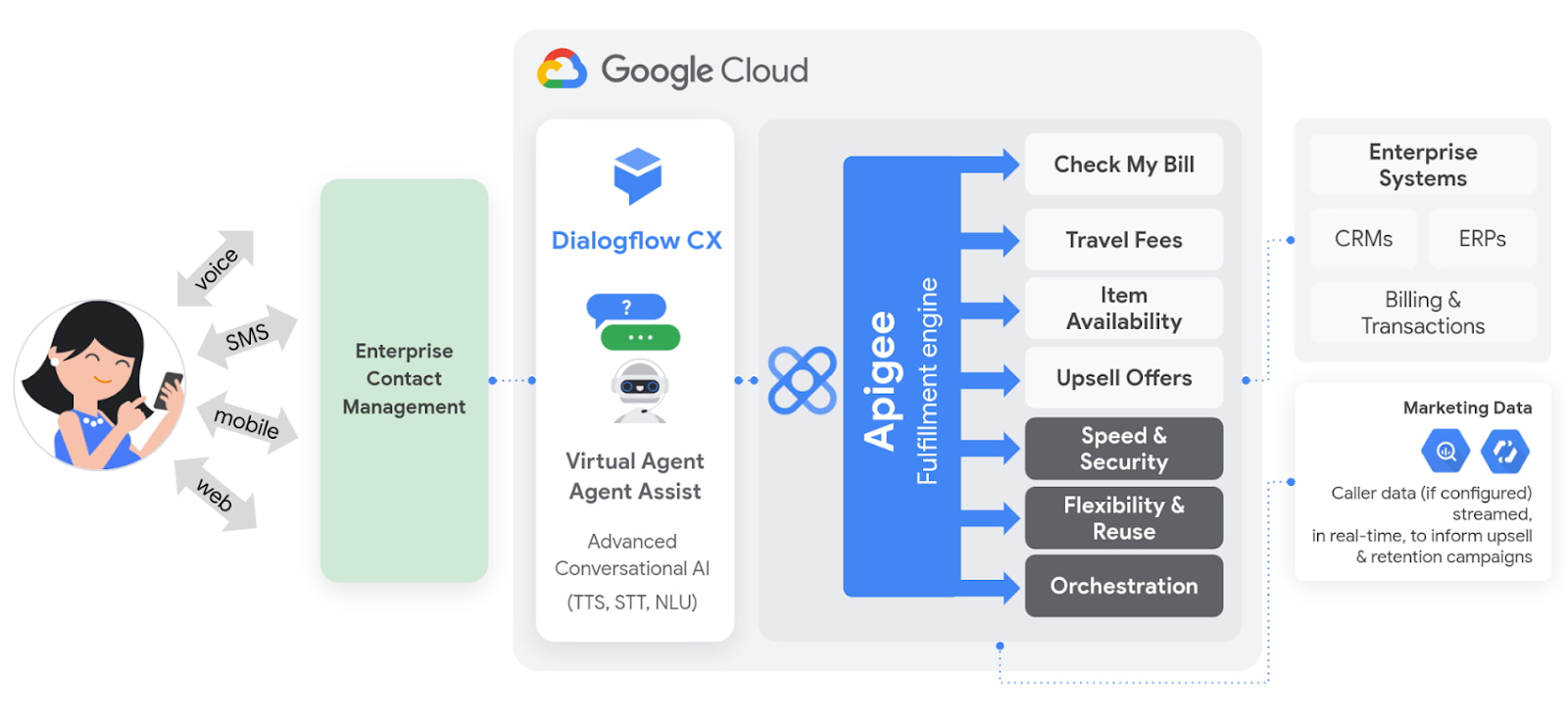
Modern AI-first enterprises rely on a converged digital ecosystem to operationalize intelligence at scale:
2.1 Cloud Platforms as Intelligence Hubs
Cloud computing provides the elastic infrastructure necessary for AI workloads:
- Training large-scale machine learning models
- Deploying AI services globally without latency bottlenecks
- Leveraging cloud-native AI APIs for vision, NLP, and predictive analytics
2.2 Microservices Architecture
Microservices allow AI models and services to be modular, scalable, and maintainable, ensuring:
- Independent deployment and versioning of models
- Seamless integration with legacy systems and APIs
- Faster experimentation and innovation cycles
2.3 Digital Ecosystems and Integration
AI-first enterprises embrace interconnected platforms to maximize value:
- IoT sensors feed real-time operational data into AI engines
- ERP, CRM, and supply chain systems are enhanced with predictive insights
- Partner ecosystems and APIs enable collaborative intelligence across organizations
3. Data-Driven Decision Making and Real-Time Intelligence
AI-first architecture transforms raw data into actionable intelligence:
- Real-Time Decisioning: AI models analyze streams of operational data to adjust workflows, inventory, or pricing in real time.
- Predictive Insights: Machine learning forecasts market trends, customer behavior, and operational bottlenecks.
- Prescriptive Guidance: AI not only predicts but recommends optimal next steps, from resource allocation to strategic investments.
Enterprises adopting AI-first models can anticipate change rather than react, creating a culture of proactive, intelligent decision-making.
4. Governance, Compliance, and Ethical AI
Embedding AI into enterprise architecture requires robust governance frameworks:
- AI Ethics Boards: Define policies around fairness, transparency, and accountability
- Regulatory Compliance: Ensure AI operations comply with GDPR, HIPAA, or sector-specific standards
- Explainable AI: Models must be interpretable for decision audits, risk management, and stakeholder trust
Ethical AI is not a constraint — it is a strategic differentiator. Organizations that operationalize AI responsibly strengthen brand credibility and maintain stakeholder trust in high-stakes environments.
5. Operationalizing AI: MLOps and Model Lifecycle Management
AI-first architecture requires enterprise-grade operational frameworks:
- MLOps Pipelines: Automate model training, deployment, and monitoring for continuous improvement
- Model Lifecycle Management (MLLM): Govern model evolution, versioning, and compliance
- Continuous Learning Systems: Enable models to adapt dynamically to new data, ensuring AI remains relevant and accurate
This approach transforms AI from a one-off experiment into a scalable, resilient, and auditable enterprise capability.
6. Strategic Business Value and Competitive Advantage
AI-first architecture drives tangible enterprise outcomes:
- Agility: Rapid response to market shifts and operational disruptions
- Innovation Velocity: Accelerates product development and digital transformation initiatives
- Operational Efficiency: Optimizes resource allocation and reduces process waste
- Customer Excellence: Enables hyper-personalization and predictive engagement
Example: A global retailer leveraging AI-first architecture uses predictive demand models and automated inventory management to reduce stockouts by 35%, improving customer satisfaction and increasing revenue margins.
7. Real-World Use Cases Across Industries
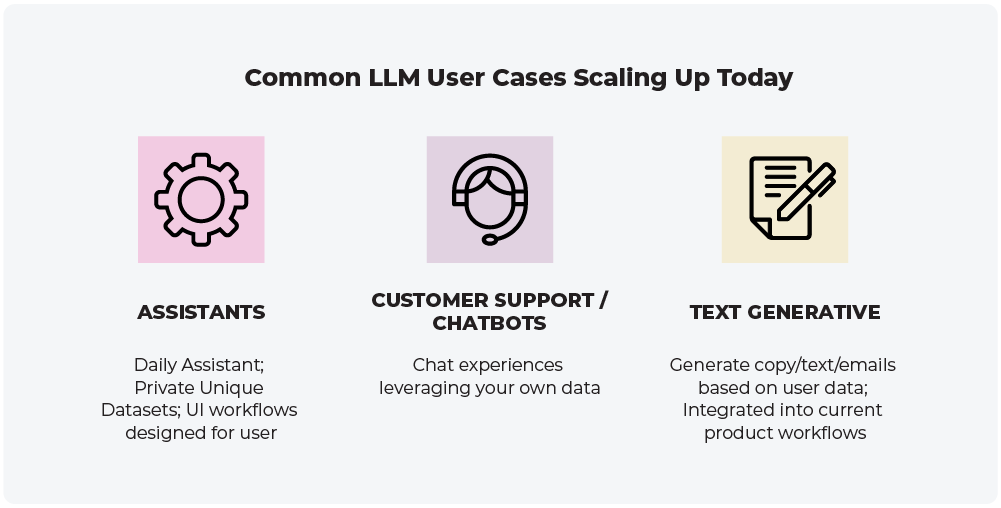
7.1 Finance
AI-first banking platforms detect fraud in real-time, personalize financial advice, and optimize risk portfolios, creating smarter, safer financial ecosystems.
7.2 Healthcare
Hospitals deploy AI-first architecture to integrate patient data, optimize treatment protocols, and enable predictive healthcare operations — enhancing patient outcomes and operational efficiency.
7.3 Manufacturing
Smart factories leverage AI-first systems to automate production, predict equipment failures, and optimize energy consumption, combining precision with sustainability.
7.4 Logistics
AI-driven supply chains use predictive routing, dynamic fleet optimization, and inventory intelligence to reduce costs and improve delivery accuracy.
7.5 Enterprise IT
Enterprises integrate AI-first design into IT operations, automating monitoring, cybersecurity, and incident resolution, enabling self-healing, intelligent IT ecosystems.
8. Emerging Trends in AI-First Enterprises
- Autonomous Enterprise Systems: AI orchestrates processes across functions without constant human intervention
- Predictive Operations: Anticipates bottlenecks, demand spikes, and maintenance needs
- AI-Driven Innovation Labs: Internal platforms for experimentation, accelerating AI solution creation
- Federated Learning: Enables decentralized model training while preserving data privacy
- AI-Augmented Decision Boards: Human executives guided by AI insights for strategic planning
These trends illustrate that AI-first architecture is not a project — it is an evolving enterprise paradigm.
9. Ethical and Human-Centric Considerations
AI-first enterprises prioritize human-centric design:
- AI augments, not replaces, human intelligence
- Decision-making is transparent, accountable, and explainable
- Workforce transformation strategies balance automation with reskilling
- Environmental and societal impacts are considered in AI deployment
This ethical lens ensures AI-first adoption is sustainable, responsible, and value-driven.
10. Future Outlook: Designing Enterprises for Intelligence
The enterprise of the future will be autonomous, intelligent, and ethically grounded:
- AI as Enterprise DNA: Intelligence embedded into every workflow, system, and decision
- Seamless Integration: Cloud, edge, IoT, and digital twins converge into intelligent ecosystems
- Continuous Evolution: Learning systems adapt in real-time to changing business landscapes
- Strategic Intelligence: AI drives growth, innovation, and competitive differentiation at scale
Enterprises that embrace AI-first architecture today are positioning themselves as leaders in the digital economy, capable of navigating complexity with precision, foresight, and strategic agility.
Conclusion: The Elegance of AI-First Enterprises
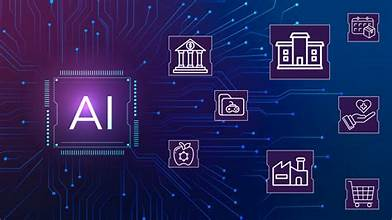
AI-first enterprise architecture represents a luxurious vision of organizational intelligence — where AI is not an accessory, but a core enabler of strategy, operations, and innovation.
By integrating AI into every layer — from microservices and cloud platforms to decision-making and ethics — enterprises can:
- Accelerate innovation velocity
- Achieve operational excellence
- Build sustainable competitive advantage
- Ensure ethical, human-centric outcomes
AI-first is not just a technology strategy; it is a strategic philosophy, redefining what it means to operate intelligently, ethically, and competitively in the modern business landscape.
Enterprises that design with AI-first architecture do not simply automate — they orchestrate intelligence at scale, building organizations that are resilient, visionary, and inherently intelligent.

